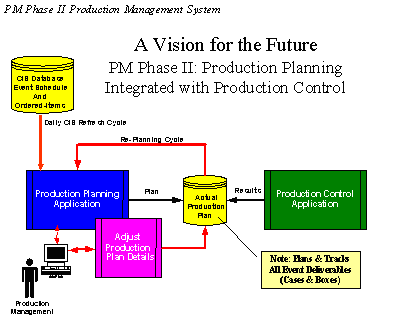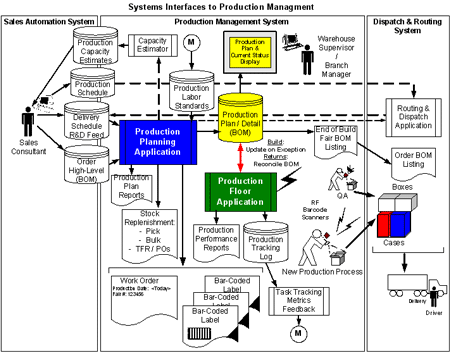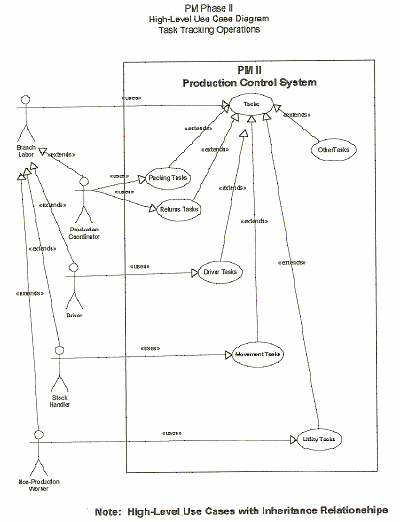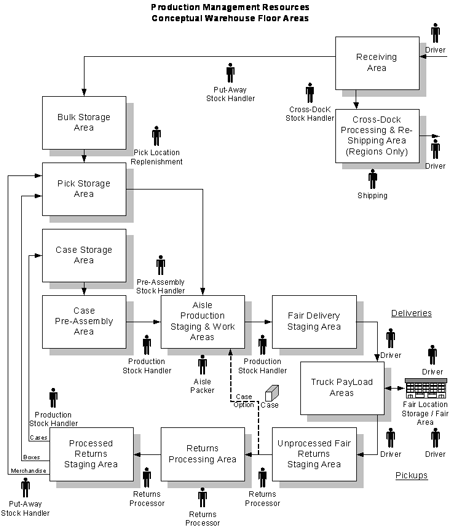Embrace Change, But Make Sure It’s for the Better
“Embrace change” is a useless platitude mouthed by managers or motivational speakers who have not thought through its full implications – or they are masochists who enjoy suffering. Changes that bring new opportunities or propel us forward are easy to embrace. But many changes look quite negative and are tough – if not impossible – to welcome. This list might include loss of a relationship, a loved one, health, job, money, and such.
We usually don’t choose the difficulties or negative changes that spring upon us. But we always choose how we respond.
Above or Below the Line: It’s a Critical Choice
For the past few years, I have been using a simple concept to discuss our choices in dealing with difficult problems. Surveys and feedback from my workshop or retreat participants continually point to the few minutes we spend on this basic model as the most powerful part of our time together. It may be basic and seem obvious, but many of us seem to need constant reminders and help because it is so easy to sink “below the line.”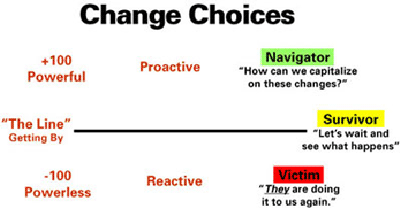
There are grey areas slightly above and slightly below the line. This is “survivor” mode. When this is our response to a difficult change or problem, we’re sitting on the fence to see what might happen, or we are waiting for someone else to do something. There are times when waiting in survivor mode and not acting immediately is quite wise – as long as we are above the line.
Examples might be when we need more information and have to do some research, or to see whether a change is going to become a trend, or which way the new boss, government, or customer is going to go. The top of the graph – well above the line – is proactive “navigator” mode.
When we’re here, we’re trying to capitalize on the problem or change. Or, if capitalize is too extreme a word, we may be at least trying to figure out how we can make the best of – or work around – a bad situation. In this mind set we’re like the seasoned ship captain of old, he knew he could not control the wind and currents, but he could adjust the sails and steer the ship to make the best use of the winds and currents to move toward his destination.
Below the line is the dangerous territory of reactive “victim” mode. When we’re in this head space, we’re bitter, helpless, and feeling like others are out to get us or deliberately want to do it to us. In this “blame storming” mode we might point fingers at politicians, bosses or senior management, other departments, customers, competitors, and the like. Decades of research by University of Pennsylvania Psychology professor, Martin Seligman, shows that explaining events in our lives in this state of “learned helplessness” leads to lower performance, poorer health, and higher rates of depression.
What Pulls People Down
The feeling of helplessness shared by many people in their organization is a major contributor to low organizational morale. Here are some of the common causes:
Forces beyond our control. Mergers, acquisitions, changing governments, organizational power games, bureaucratic decisions, new technologies, competition, boom/bust cycles, security threats, dumb rules and forms, globalization, and such leave many people feeling like dispensable pawns.
Nobody ever tells us anything. In a world overflowing with information, most organizations have little open and transparent communication. So “us against them” rumors attempt to explain what’s going on and why.
We’re swamped. Many people’s e-mail inbox, voice mails, phone calls, and meeting schedules are overwhelming, as work encroaches on personal time and stress levels keep rising. This leaves many people feeling helpless and frustrated.
It’s popular. Cynics, doomsayers, and conspiracy theorists often get more attention – especially if they use disparaging humor, sneering personal putdowns, and mocking sarcasm.
Fear is more believable. In a Canadian poll probing irrational anxieties, pollster Allan Gregg asked, “If someone told you something was safe and someone else told you it was unsafe, which one would you believe?” He found that an astounding “68 percent would accept the message of doom and gloom” without questioning who was telling them and what they were talking about.
Society encourages victim thinking. People who make bad decisions to hold paper cups of scalding coffee between their legs while driving, drive drunk or carelessly, take drugs, or smoke cigarettes for 40 years are encouraged to “make somebody pay” for what they have done to themselves. Watch daytime TV talk shows for plenty of examples. Seeing positive possibilities in a calamity or making the best of a bad situation is much tougher than joining the crowd that’s given up and wants to play the poor-little-victim against some other group or external force.
It comes naturally. Most people can quickly identify what’s wrong. It’s less instinctive to focus on what’s right and build upon that. It takes much more courage to correct a problem than to point and complain about the problem while waiting for somebody else to fix it.
Shift Your Perspective: Life isn’t Fair
Lots of unfair and unjust stuff happens to undeserving people. Whatever hits the fan is usually not evenly distributed in most workplaces. But it’s our choice whether to stand in it or not. Taking a navigator response to difficult issues means facing problems head-on by focusing on what’s within our direct control or what we can try to influence. We then need to figure out how to let go of, or at least not ‘awfulize’ and give more power to problems or issues that can’t be controlled or changed.
It’s recognizing that the best thing to do when it’s raining, is to…let it rain. Here are some ways to be less of a victim and more of a navigator through difficult career or workplace changes: Be aware of your mental state and limit downtime – the ever popular and rapidly growing “Pity City” – or even its suburb, “Frown Town,” can be a therapeutic place to visit occasionally. We all need to grieve or vent our frustration when faced with major losses or setbacks. But don’t join any co-workers wanting to take up residence in Pity City (one workshop participant claimed her department head was mayor!).
That leads to deepening cynicism, despair, and inaction. Pay attention to your own moods and watch for defeatist language like “they will never listen,” “what’s the point,” “we’ve tried that before,” or “why bother.” Keep the problem in perspective – don’t get so drawn into the issue that it’s all you can see. Step back and look at the bigger picture. What’s going right? What’s working in your favor? How could this change lead to something better? What are the possibilities?
Talk through the situation with a colleague, mentor, coach, or spouse. Describing and discussing the circumstances will force you to re-focus on what’s happening – as long as you don’t commiserate with people who love to find conspiracies everywhere and be a victim. Dispute your doomsday scenarios. When your head is buzzing with dread and worry, examine your beliefs about this issue or change.
Challenge your thinking through weighing objective evidence against your fearful outcome. List more desirable alternatives or what you would prefer to happen. “Decatastrophize” your long-term fears by recalling all the times things have worked out successfully in the past. Examine and question the usefulness of dwelling on your feared belief or concern. Harness the power of imagery and counterbalance fears of what all could go wrong by ensuring you have a clear picture of what outcome you want from this situation. What would a successful result look like? What would you be doing with the key players involved? How would you be feeling? What mind set have you adapted to rise above the difficulties and problems? What actions might this lead you toward? Step back to step ahead. The busier and more frantic the pace of work becomes, the more critical it is for you to carve out personal reflection and renewal time.
Avoid the busyness trap of adding ever higher quantities of work time to compensate for the diminishing quality of that time, as you slowly burn yourself out. Set limits on your workday or workweek. Pursue hobbies, personal interests, or family activities. Get away on periodic mini and longer vacations. Meditate or learn other stress reduction techniques. Monitor and carefully manage your creative energy.
Change your self-talk – catch yourself saying things like, “I am too old to change,” “That’s just the way I am,” “He makes me so mad,” and replace them with more accurate phrases like, “I choose not to change,” “I am comfortable with the way I am,” or “I make myself mad when he says/does…”, or make action plans to change. Help pull others up In dealing with changes and problems in your workplace; you’re either part of the problem or part of the solution. Here are a few ways to help your colleagues or your team navigate more effectively through your endless challenges and issues: Speak up! Challenge, involve, or problem solve with those people who insist on picturing the worst outcomes and living in Pity City. By letting those comments go (or even worse, joining in), you’re allowing the naysayers and cynics to set your team’s emotional tone and spread helplessness.
Refocus their thinking. Focus discussions on solutions and the future, not on the past or why nothing will work. You might need to point out that raising complaints without possible solutions can be unproductive and even harmful to the team. If team members or co-workers insist on remaining a victim, you might encourage or even help them to find another job.
Celebrate progress. Look for small wins and steps in the right direction that you and the team can build upon. You might periodically list what’s going well, or list your team’s accomplishments.
Find healthy ways to ventilate frustrations. One team initiated a fine system whenever a member made a hopeless victim statement. It was a useful way to raise money for the United Way and called anyone to account for comments that brought the team down and poisoned their spirit. However, they soon found a need to vent frustration with the actions of another group or the challenging problems they were facing. So they added rituals like someone raising their hand at a meeting and asking for “permission to visit Pity City” for a limited time or scheduling a “grump dump” as part of their meeting agenda. It’s important to do a periodic “reality check” on how we deal with adversity and change.
One reality we can choose is to transform tough changes into positive results. Another possible reality is to wait for somebody else to take action or tell us how we should feel. Or our reality can be anger, bitterness, and helplessness. To choose our response is to choose our reality.
Jim Clemmer’s practical leadership books, keynote presentations, workshops, and team retreats have helped hundreds of thousands of people worldwide improve personal, team, and organizational leadership. Visit his web site, http://jimclemmer.com/, for a huge selection of free practical resources including nearly 300 articles, dozens of video clips, team assessments, leadership newsletter, Improvement Points service, and popular leadership blog. Jim’s five international bestselling books include The VIP Strategy, Firing on All Cylinders, Pathways to Performance, Growing the Distance, and The Leader’s Digest. His latest book is Moose on the Table: A Novel Approach to Communications @ Work.
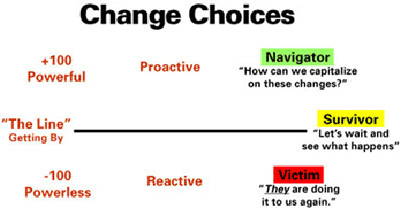

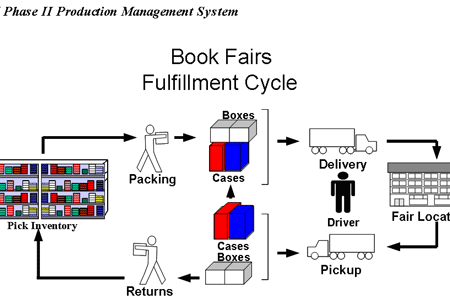
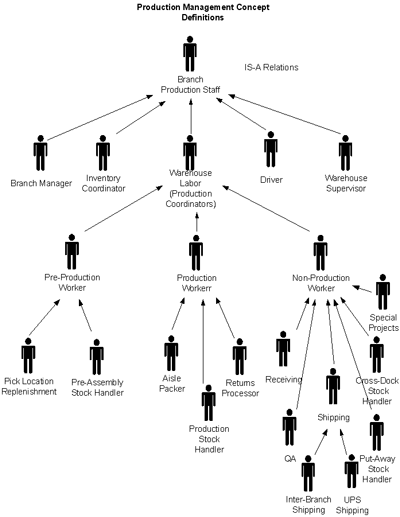 understood by technical and non-technical staff alike. Because staff members are already familiar with their business, they can now better see the complete picture and readily grasp new and advanced concepts such as inheritance (IS-A Relations) in the diagrams.
understood by technical and non-technical staff alike. Because staff members are already familiar with their business, they can now better see the complete picture and readily grasp new and advanced concepts such as inheritance (IS-A Relations) in the diagrams.
